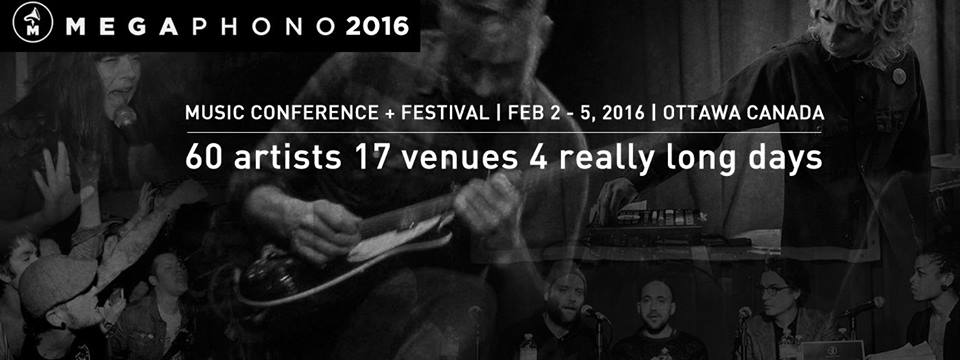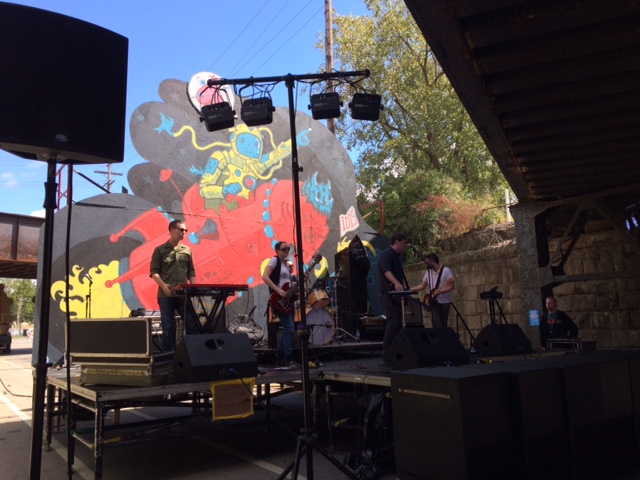Yesterday, Music Canada President & CEO Graham Henderson delivered a speech at the Canadian Club of Toronto on ‘The Mastering of a Music City’, a new report that sets out how cities worldwide can take simple steps to help develop their music economies.
Video from the speech is now available online, courtesy of the Canadian Club of Toronto.
In his speech, Henderson highlighted some of the effective strategies outlined in the report, the benefits of a vibrant music economy, and early reactions to the report.
“There is a growing interest in Music City strategies,” said Henderson, as evidenced by the municipal leaders from around Ontario in attendance, as well as the recent Music Cities Convention in Brighton, UK, which was attended by representatives of 49 cities, as well as the widespread use of Music Canada’s 2012 Austin-Toronto report.
The Austin-Toronto report was cited in places as far away as Sydney, Australia, and adopted by cities like Chicago, explained Henderson. Community leaders in Tampere, Finland, and Kuala Lumpur, as well as throughout Ontario began asking for a road map, said Henderson. In order to satisfy this demand, Music Canada and IFPI set out to study music cities around the world, said Henderson.
In recapping reaction to the report, Henderson cited quotes from Kate Becker, Director of Seattle’s Film and Music Office, who said the Music Cities report is “brilliant and so important to advancing music cities and the music industry overall.” Erin Benjamin, Executive Director of Music Canada Live, called the report “a powerful tool for the live sector especially, to leverage ongoing and future conversations in our cities and towns across the country.”
Henderson also shared a quote from Toronto Mayor John Tory, who said:
“The Mastering of a Music City report reinforces in my mind the real potential of what supporting the music industry can do to transform and grow a real 21st century city. The report will provide the City recommendations on how to support the industry as we work on our aggressive timeline to develop a music strategy in consultation with the music community.”
On the topic of what makes Toronto a great Music City, Henderson cited elements identified in the development of the 4479 Toronto brand: “our city’s unique offering is that we have the most diverse – globally sourced music experience of any city in the world. Period. Our venues, many, like Massey Hall, steeped in music lore, range from intimate to world tour-worthy. Our audience is informed, passionate and open minded. And all of this is housed in this amazing, culturally diverse metropolis.”
On top of that, Toronto is “a city where music leaders and advocates are working alongside municipal leaders to enhance the music economy,” said Henderson. To that point, Henderson citied the City’s recent review of its postering regulations, an issue first raised in Music Canada’s Austin-Toronto report. Henderson then gave a shout out to Mike Tanner, Toronto’s Music Sector Development Officer, and Zaib Shaikh, Toronto’s Commissioner for Film and Entertainment Industries, for their efforts on this file.
Henderson also gave credit to London, Ontario, who recently announced a new music incubator, and Kitchener, who has established Music Works, a world-class ten point plan developed through a grassroots community consultation.
“Ontario communities are in the forefront of work being done to stimulate growth of the commercial music sector,” said Henderson, citing town hall meetings in Barrie, Collingwood, Guelph, Hamilton, Kingston, Kitchener, London, Peterborough, St. Catharines, Toronto and Windsor. The Government of Ontario has fostered these initiatives through the Live Music Strategy, said Henderson, which is intended to make Ontario a global destination for music tourism.
Henderson then went through some of the effective strategies identified in the report.
“Artists and musicians are undoubtedly the heart of a music city,” said Henderson, recapping a discussion with artist Miranda Mulholland, who said “it’s one thing to be music-friendly; let’s make sure it’s also musician-friendly.”
To this point, “you only need to look at the current musical landscape to understand why this piece is so critical today,” said Henderson, citing a study from the Canadian Independent Music Association, which found the average annual income of a musician is $7,000.
“In this environment, affordability becomes increasing crucial,” said Henderson. The Music Cities report provides recommendations on musician-friendly policies that cities like Austin are exploring to find a solution for artists’ growing costs of living.
Henderson also discussed the range of “music-friendly” policies outlined in the report, such as loading zones for musicians, progressive planning laws, and transportation or transit that facilitate access to venues for fans.
Most important for a music city is the establishment of a music advisory council, said Henderson, which creates the opportunity for two-way dialogue between the city, the music community, and other interested groups like tourism or BIAs.
On the topic of music tourism, Henderson cited Austin, Memphis, and Nashville as beneficiaries of an effective music tourism plan. Music provides one of the most compelling tourism products, said Henderson, calling it a “24 hour a day, 7 days a week, 52 weeks a year opportunity.”
“Music tourism packs a punch,” said Henderson, noting that tourism is the largest employer of young people in the province. “It generates millions of dollars in concert and festival tickets, merchandise, hotels and restaurants – it creates jobs at all these businesses – and builds a city’s global brand.”
On the topic of why a city would want to grow its music economy, Henderson cited social and cultural benefits, as well as the unifying aspect of music, which is outlined in the report with examples from South Africa and Finland.
Henderson also outlined the tangible financial benefits of music, such as job creation, investment attraction, and dollars spent in the community. Examples from the Music Cities report include:
- In Melbourne, live music alone generates over 116,000 jobs and more than $1 billion in spending at small venues, concerts, and festivals;
- Music tourism in Austin accounts for almost half of their $1.6 billion economic output and contributes $38 million in tax revenue to the city
- In 2013, the music industry helped to create and sustain more than 56,000 jobs within the Nashville area, supported more than $3.2billion of annual labour income, and contributed $5.5billion to the local economy.
While Toronto is cited throughout the report in terms of initiatives that could be emulated in other cities, Henderson also outlined some recommendations from other cities that could be adopted here, such as:
- affordable housing for musicians as well as, additional training and professional development;
- a plan to address the compliance issues that crop up on a frequent basis; and,
- land use planning that takes into account culturally significant zones.
In addition, Toronto should develop:
- An inventory of existing venues, recording studios, etc. in order to identify gaps; and,
- A music hub or accelerator.
Henderson closed with another portion of Mayor John Tory’s reaction to the report, as an example of Toronto’s commitment to developing music and music-friendly policies.
“As City Hall pursues its vigorous agenda in supporting Toronto’s music sector, we look to sector leaders like Music Canada to continue their invaluable work in elevating and solidifying Toronto’s position as a world-leading music city. It is partnerships between the City and the music industry that will ensure Toronto becomes a thriving music city.” – Toronto Mayor John Tory
The full report is now available, and we welcome music leaders and advocates to utilize the recommendations – because the global music community only stands to gain if music-friendly, musician-friendly cities dot the globe.
Many in the audience tweeted highlights from the speech; below is some of the social media reaction:














Music Canada